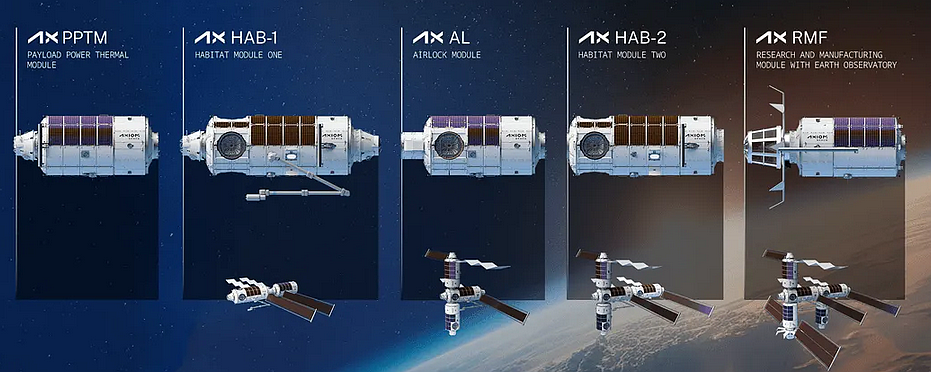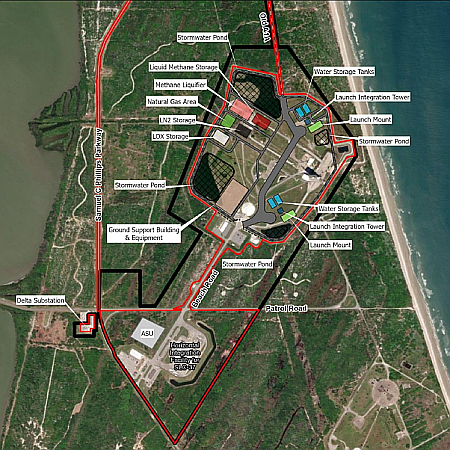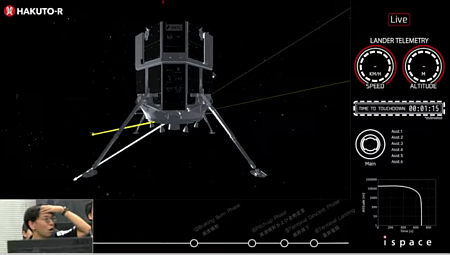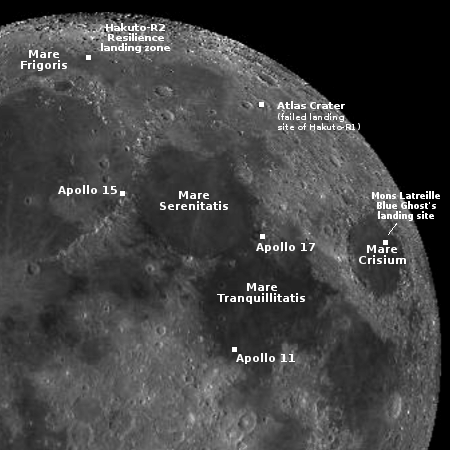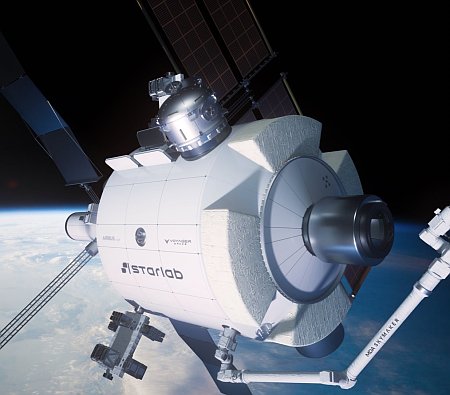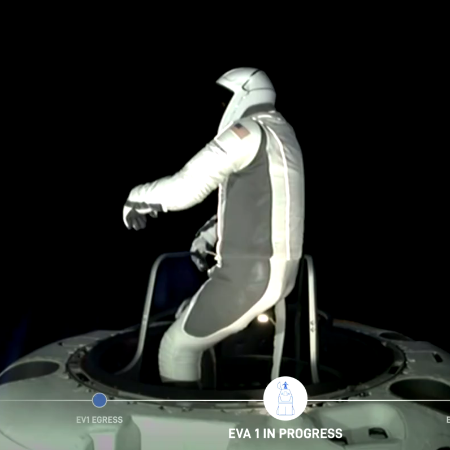Mexican officials demand investigation into Starship/Superheavy debris on its beaches
Mexican officials of the border state adjacent to Texas are now demanding an investigation into Starship/Superheavy debris that has been found recent on its coast, claiming SpaceX is “polluting Mexican beaches.”
Karina Lizeth Saldivar, the head of the Tamaulipas Secretariat for Urban Development and Environment, recently announced that they would be requesting that federal authorities in Mexico investigate the damages and potential damages that rocket fragments could cause.
According to Saldivar, the rocket pieces could pose a potential danger to locals and claimed that her agency would request a formal investigation by Mexican federal environmental agencies. It remains unclear if Mexico’s government could do anything about the issue.
Saldivar is a typical government apparachik. Rather than try to develop the beach area in Mexico that is close to Boca Chica and thus provides a great tourist spot for viewing launches, she instead can only whine and demand the government shut things down.
Meanwhile, the article notes that ordinary Mexicans aren’t complaining. Instead, they have been collecting the rocket pieces enthusiastically, with some making money by selling them as collector’s iten on social media.
Mexican officials of the border state adjacent to Texas are now demanding an investigation into Starship/Superheavy debris that has been found recent on its coast, claiming SpaceX is “polluting Mexican beaches.”
Karina Lizeth Saldivar, the head of the Tamaulipas Secretariat for Urban Development and Environment, recently announced that they would be requesting that federal authorities in Mexico investigate the damages and potential damages that rocket fragments could cause.
According to Saldivar, the rocket pieces could pose a potential danger to locals and claimed that her agency would request a formal investigation by Mexican federal environmental agencies. It remains unclear if Mexico’s government could do anything about the issue.
Saldivar is a typical government apparachik. Rather than try to develop the beach area in Mexico that is close to Boca Chica and thus provides a great tourist spot for viewing launches, she instead can only whine and demand the government shut things down.
Meanwhile, the article notes that ordinary Mexicans aren’t complaining. Instead, they have been collecting the rocket pieces enthusiastically, with some making money by selling them as collector’s iten on social media.

